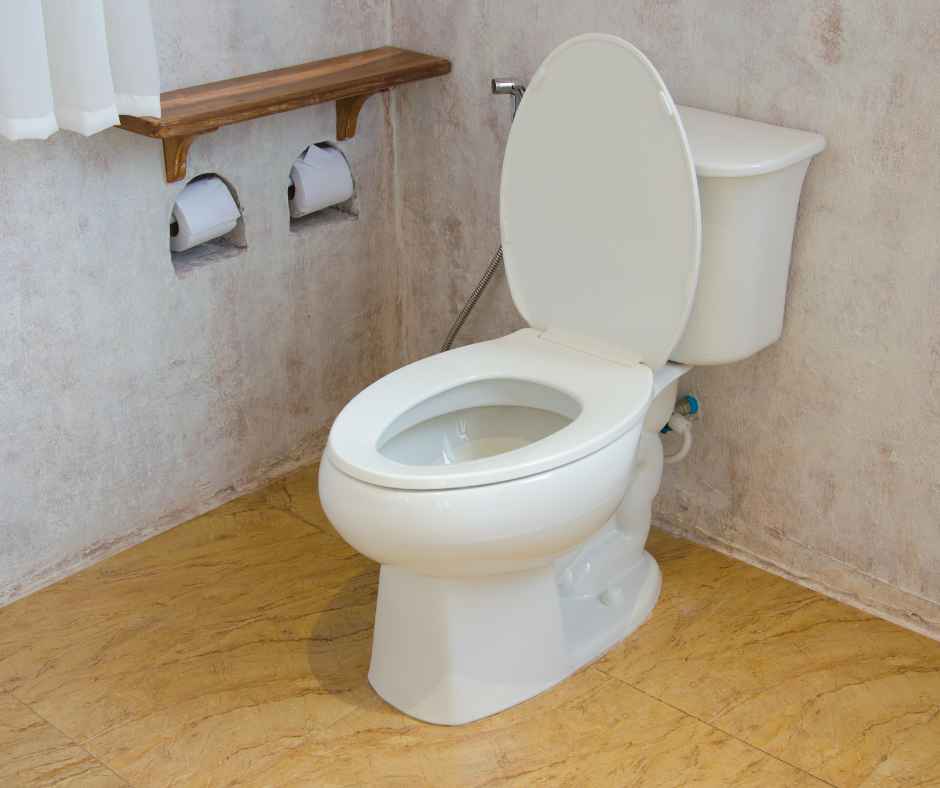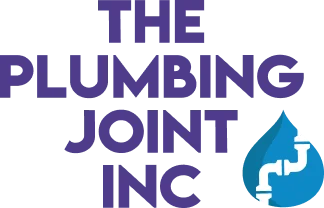the East Side & Beyond!
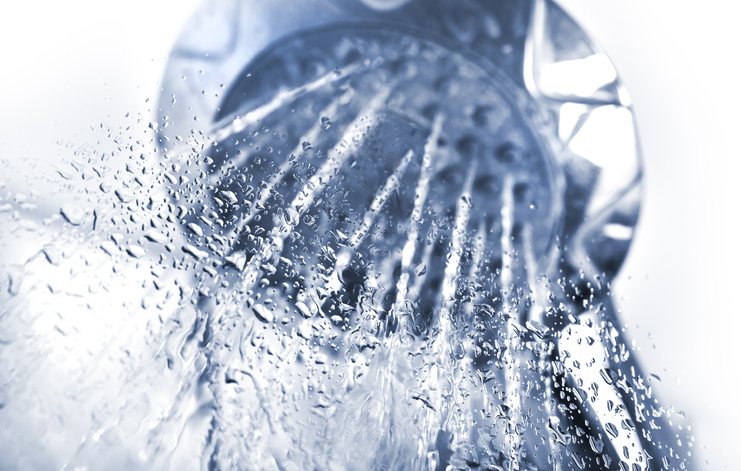
A Simple Guide to a Shower Faucet from Your Plumbing Experts
March 28, 2019
Your shower is the in-home waterfall oasis that washes away the grime of the day, but have you ever wondered about how the shower faucet actually works? Maybe you are not so much interested in how your shower faucet works, but you are more interested in a possible shower faucet upgrade for that luxurious“rainfall” feeling. If renovation or a new installment is what you are longing for, being familiar with the different parts of shower faucets is vital because it is the parts you can’t see that are the most important.
Benefits of a Shower
Before the shower, there was the tub. Prior to indoor plumbing and heating, people filled tubs just big enough for them to fit in, shared the same dirty bath water with multiple people and often bathed in cold water. This is difficult for many of us to imagine because we have all grown up with the convenience of private showers in our homes. Showers have positive benefits that have revolutionized water use and practicality.
A typical shower will use less water than a bath. It tends to only use about 30 gallons of water while a bath could use up to 50 gallons. Showers not only use less water, but they are generally a faster way to bathe. For example, shower faucets are the only things you will find at a campground or the beach because they are more accommodating for quick rinses or washes.
Shower Faucet Components
- Valve: Have you ever been in the shower and the water temperature suddenly changes without you doing anything? If so, there could be a problem with the valve. The shower valve controls the temperature and its flow to prevent rapid changes. It is a device located where the hot and cold pipes meet.
- Diverter Valve: In a tub/shower combo or when a shower has multiple heads, a diverter valve will direct the water flow to an alternate spout. For example, this particular valve changes the water flow from the showerhead to the tub faucet or to a body sprayer. Diverter valves can be located on either the tub or on the trim. Diverters tend to be in a default mode when you start the water, which is often times in the tub or main showerhead. Once you adjust the valve, it pushes water up to the showerhead or through a body sprayer.
- Pressure Balance Valve: This valve controls the amount of pressure that is coming from both cold and hot water supplies. This valve controls the ratio of cold and hot and balances it by either a sliding disc on a piston or a spool. This device reacts to changes in water pressure or simply maintains the desired water pressure. Ever wonder how the nearest flushing toilet can affect the temperature and/or water pressure of your shower? The Pressure Balance valve has everything to do with this. If someone flushes the toilet while you are showering, this device reduces the cold-water pressure change from the shower for the water that was used to flush the toilet. It will work to maintain the balance in temperature as well as the pressure so you can continue enjoying your shower even if a toilet is flushed.
- Thermostatic valve: This valve has two handles: One handle controls the water’s volume and the other handle controls the temperature. This device allows you to change the amount of water flow without affecting the temperature. It is through a wax element within the valve that either expands when in contact with heat or it contracts with cold water. The thermostatic valve not only offers the ability to conserve water while shampooing or shaving, but it also gives direct control of the output temperature, preventing you from getting scalded.
- Trim: The shower trim is the external aesthetic of your shower faucet. It consists of the external handle you use to manually turn the shower on and off as well as the metal ring that surrounds it. This piece of the shower controls on and off, but it also adjusts the temperature and oftentimes the water pressure. Depending on the state you live in, you may or may not be able to use dual handle trim due to a greater risk of being scalded. A single handle prevents burns because even at its highest heat some cold water is still mixed in. It is important to be aware of plumbing codes prior to renovating!
How It All Works
When you take a shower, you turn the shower trim or handle to initiate the flow of water. The water stream is then split into two: The cold water goes directly to the shower faucet while the other stream is heated. The two streams then meet at the shower control valves and are directed towards your faucet or spout of choice through the diverter valve with the temperature (thermostatic valve) and pressure (pressure balance valve) you have selected. When you turn the shower trim back to its off position, water will cease to flow.
Now that you have a better understanding of all the different parts that make up a shower, you probably can troubleshoot any faucet issues on your own. However, if you need assistance installing a new shower faucet or repairing any of the plumbing, The Plumbing Joint is here to help!
Call The Plumbing Joint for Repairs
If you spot problems like these or suspect any other plumbing or drain issues, simply call the Plumbing Joint at (425) 279-7029 for help in Seattle, Tacoma, Bellevue, Renton, King County and many of the surrounding areas. Learn more about our experienced team and commitment to customer satisfaction
Recent News
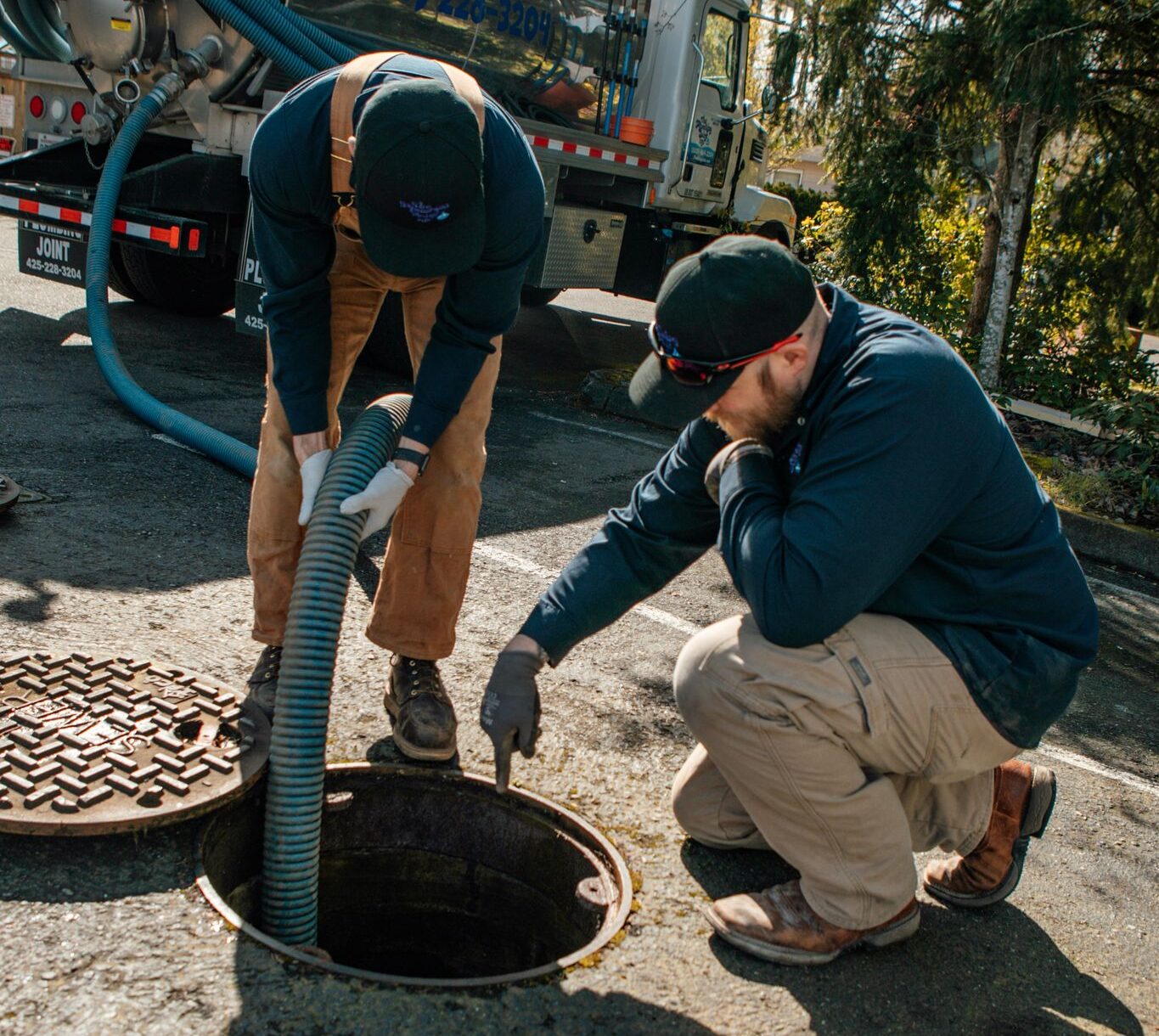
How To Spring Ahead of Plumbing Issues
March 11, 2025
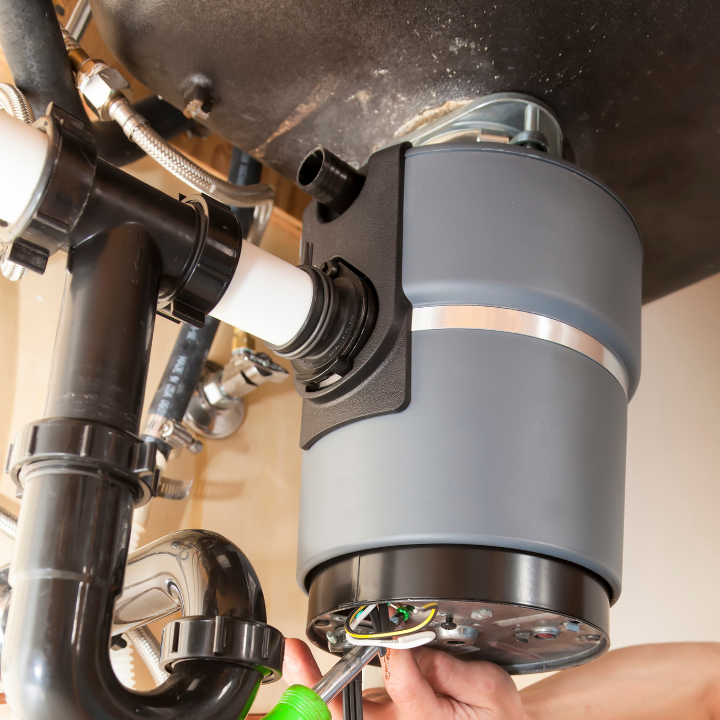
Help! My Garbage Disposal Is Humming But Not Working
February 7, 2025
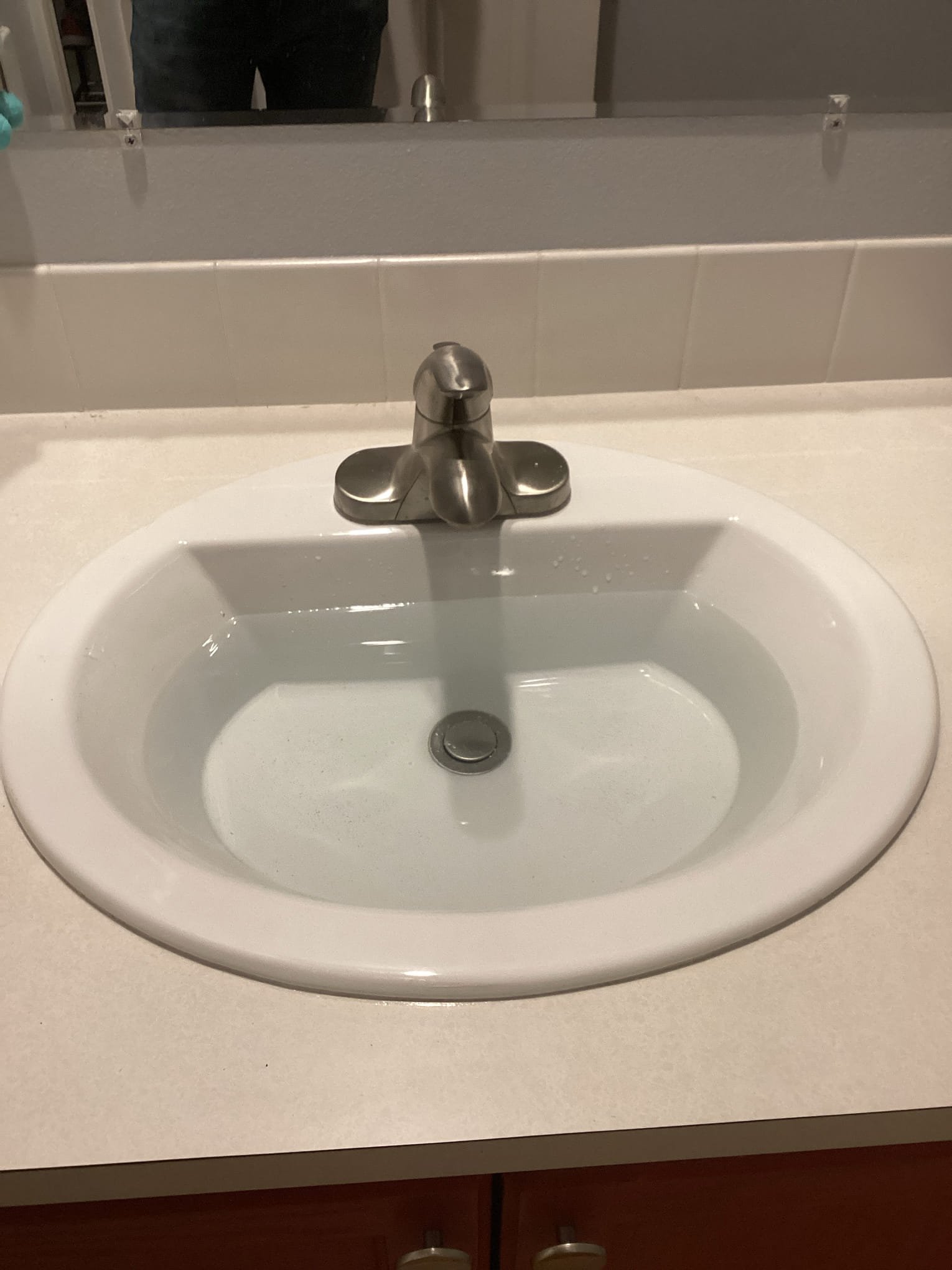
Why Does My Sink Gurgle?
January 10, 2025
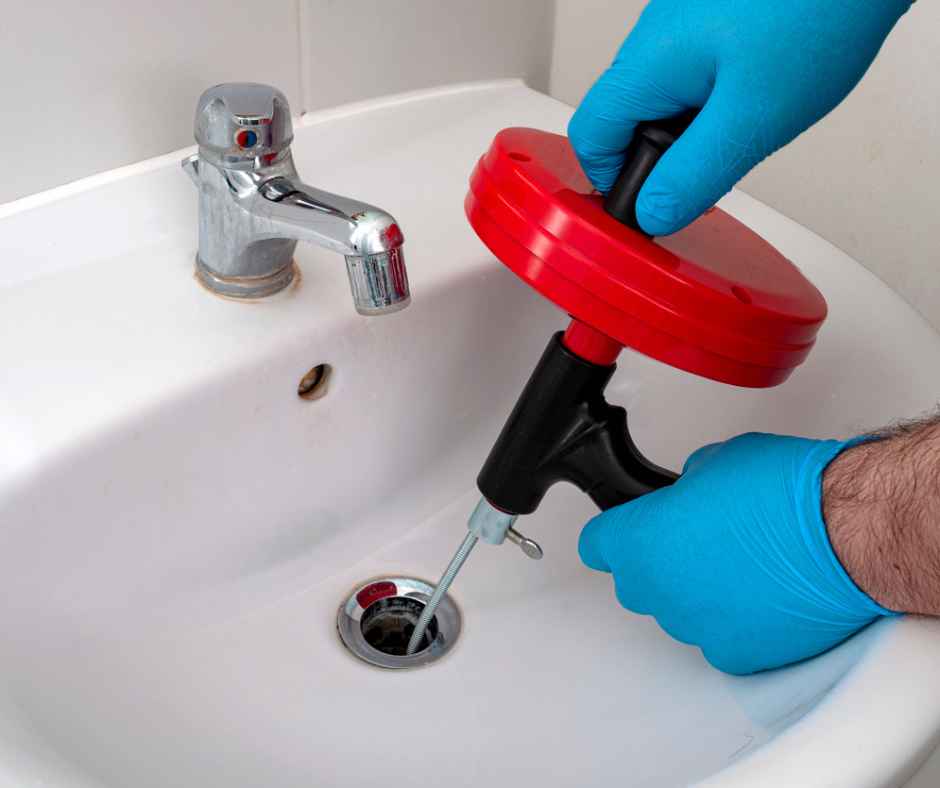
How to Use a Plumbing Snake
December 13, 2024
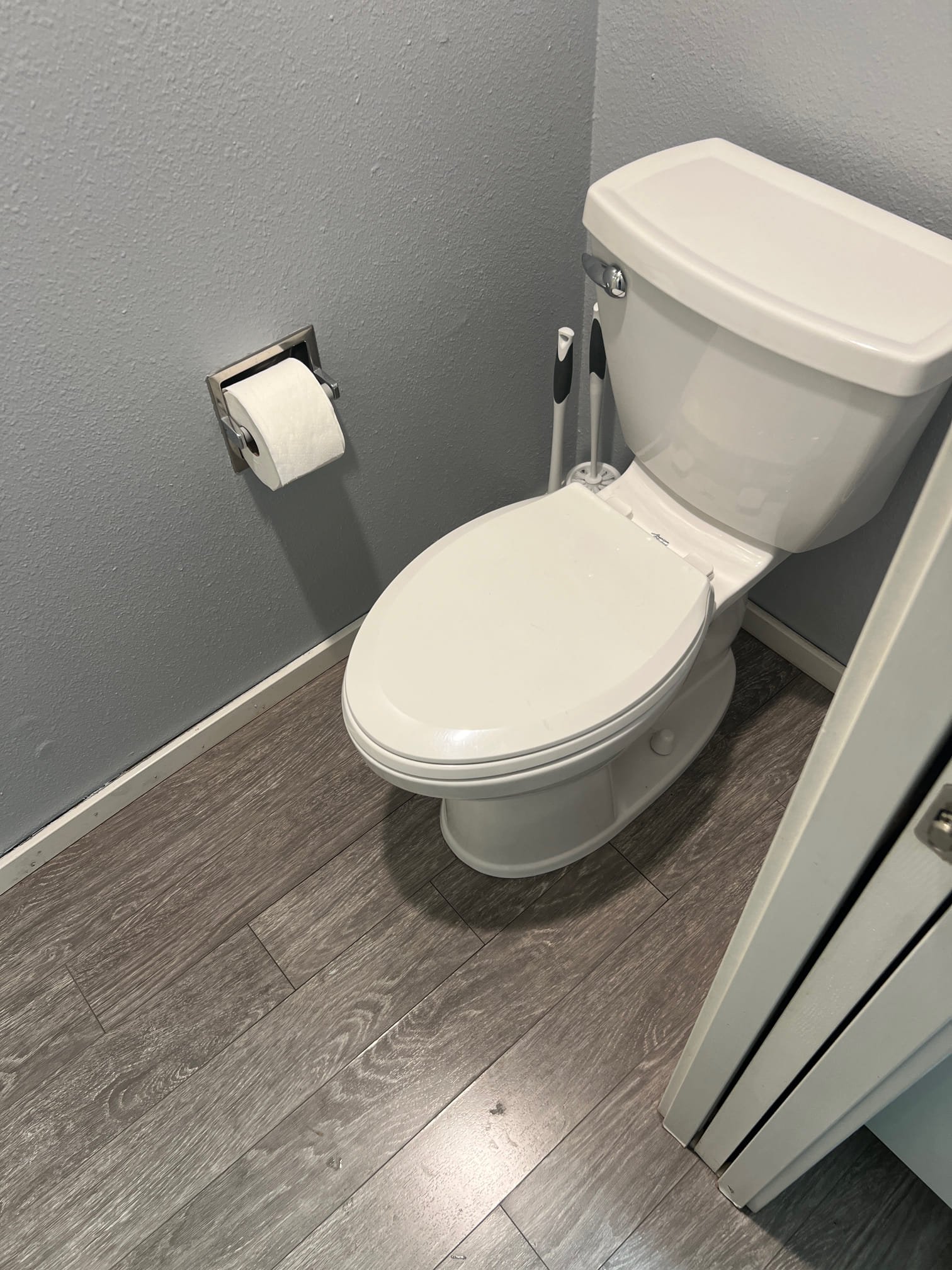
Toilet Sounds And What They Mean
November 7, 2024
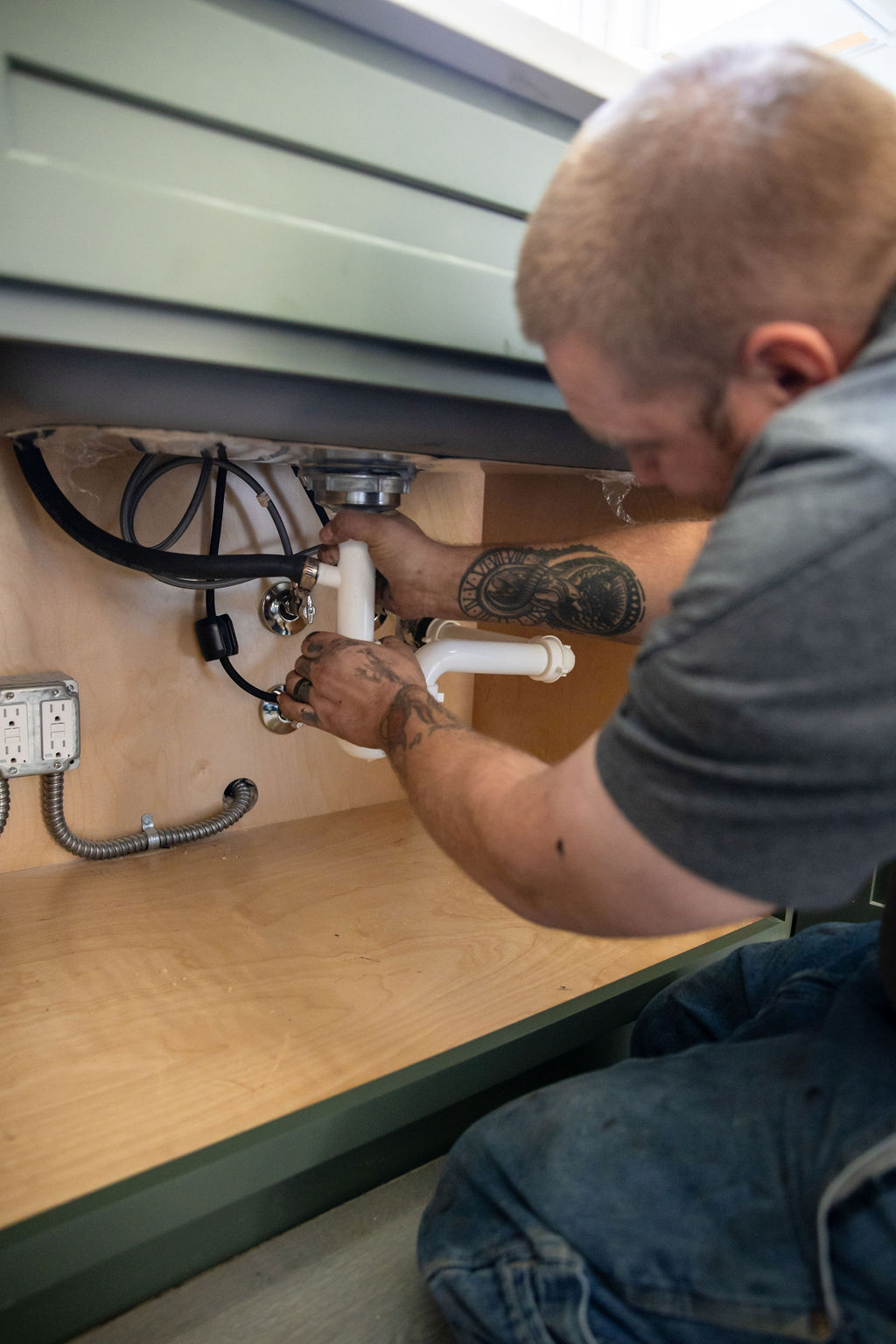
I Have Knocking Pipes When Water Is Not Running – Why?
October 10, 2024
